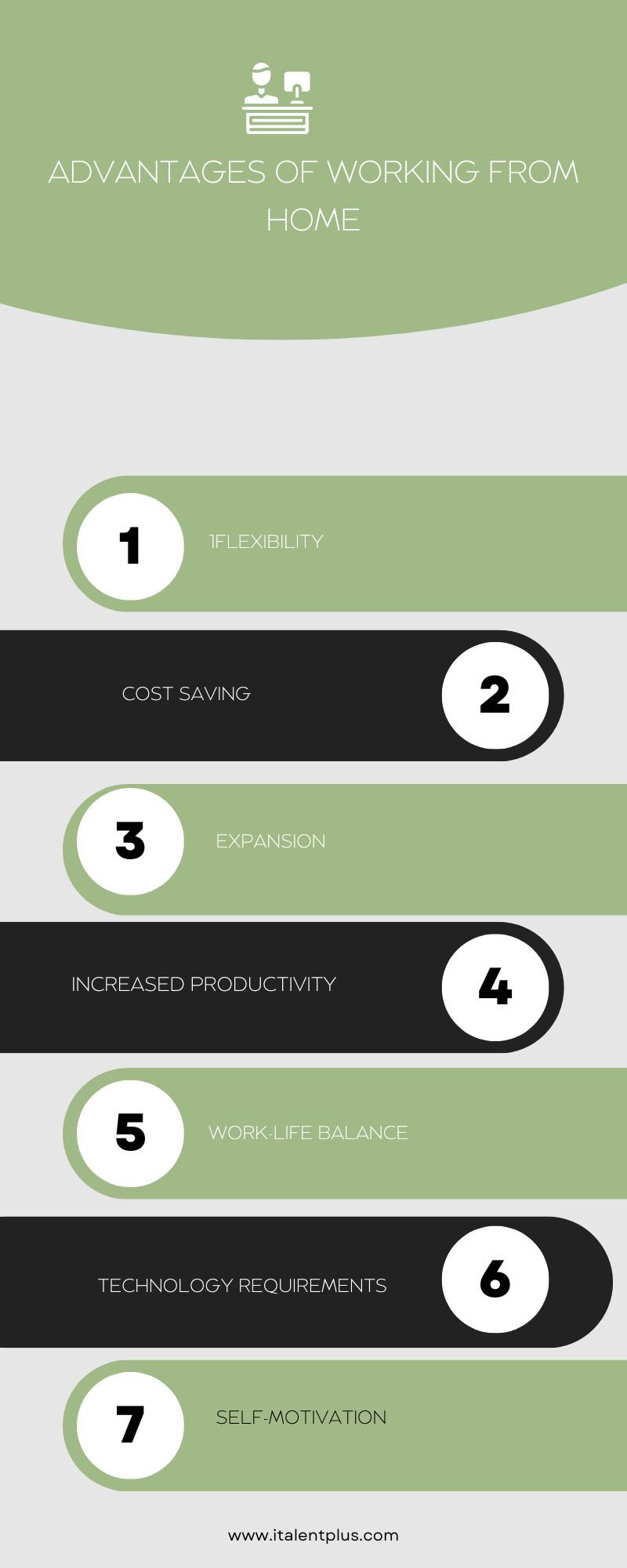Hybrid and Remote Work - Working From Home
- Pierre and Liana Mifsud
- Mar 18, 2024
- 4 min read
Advancements in technology have brought work life to a whole other level. People from any part of the globe can use technology to work in places around the world.
Hybrid and remote work have become increasingly popular work arrangements as our technology has enabled complete collectivity and collaboration worldwide at any given moment.
What is hybrid and remote work?
Remote work refers to the working environment in which employees perform their jobs and duties from locations other than the employer's office.
This location could easily be their home or co-working space or anywhere that has an internet connection.
Remote work policies allows to have better flexibility in their working schedule and location and is often associated with increased productivity, better work-life balance, and decreased stress levels.
Hybrid work refers to the working type where one can easily combine remote work with their in-office work.
In simple terms, they can have the flexibility to split time between remote work or working in an office.
To further simplify one can work for a part of a week in their safe space from home and come into the office for the remaining days of the week.
It allows the benefit of both in-office work and remote work. This little flexibility allows implies to increase their productivity and stay motivated and disciplined in their work life.
Here are some examples of hybrid and remote work arrangements explained
Hybrid Work:
Scheduled Office Days: This means you go to the office for work on certain days of the week, like Mondays and Wednesdays, and work from home on other days.
Flexibility in Work Location: You get to choose whether you want to work from the office or from home, depending on what works best for you and your job.
Team Rotations: Your team takes turns going into the office on different days. For example, some team members might go on Tuesdays and Thursdays while others go on Wednesdays and Fridays.
Designated Collaboration Days: Certain days are set aside for team meetings and working together in person, while other days are for working independently from home.
Departmental Policies: Different departments within the company might have their own rules about when and how often employees should be in the office.
Remote Work:
Fully Remote Teams: Everyone on the team works from home or another location outside of the office. Meetings and work are done online using tools like Zoom or Slack.
Remote Work Options: You have the choice to work from home, a café, or anywhere else outside of the office as long as you have internet access.
Virtual Meetings and Collaboration: Instead of meeting face-to-face, you use video calls and messaging apps to communicate and work together with your team.
Performance-based Work: What matters most is getting your work done well and on time, rather than sticking to strict office hours.
Remote Work Policies: The company sets clear rules about how to stay in touch, when you need to be available, and how to manage your time effectively while working remotely.
What are the advantages of hybrid and remote work?

1. Flexibility
Employees can have a sense of control over their schedule as they can change their roster according to their situation.
2. Cost saving
In hybrid and remote work environments one can save money for transportation and overall office space maintenance.
3. Expansion
One can easily work in any part of the world and expand their skills and experience by doing a remote job.
4. Increased productivity
According to new studies, it is concluded that working in a safe space like your home can be more productive with your destructions and ability to personalized work environment.
5. Work-life balance
People have stated that working from home has improved their work-life balance as it allows them flexibility and more time with their family and friends.
This not only reduces stress but also helps better manage personal commitments.
6. Technology requirements
Individuals might require reliable internet and communication tools like email and video conferences while working from home.
The tool that you can work in may also be provided from your workplace depending on your job and job roles.
What can be the downside of hybrid and remote work?
1. Communication
Maintaining consistent and effective communication could be challenging if you are not physically present in your work.
With factors like slow internet and disrupted communication tools, one can face search challenges.
2. Work-life balance
If one feels that creating a clear boundary between their work and their personal life may lead to faster burnout and disconnection from work.
3. Technical issues
Totally reliance on technology for communication and collaboration sometimes leads to workflow issues.
Technology is not flawless which means you can fall and have issues destroying your communication and collaboration with your team.
4. Company culture
Maintaining and building a strong company culture may become a challenge when employees are not physically present at the location that you are in.
Maintaining discipline online can be hacked if you don't have them around you.
Conclusion
In conclusion, the evolution of technology has revolutionized the work landscape, facilitating hybrid and remote work setups that transcend geographical boundaries. Remote work, conducted from locations like homes or co-working spaces, offers flexibility, cost savings, and enhanced productivity.
Hybrid work blends remote and in-office arrangements, providing the benefits of both worlds.
While these approaches promote work-life balance and expand opportunities, they come with challenges like communication barriers, isolation, and potential distractions.
Overcoming these hurdles requires clear communication, boundary setting, and self-motivation.
Despite drawbacks, hybrid and remote work represent a dynamic shift towards a more flexible and interconnected work environment in the digital age.


